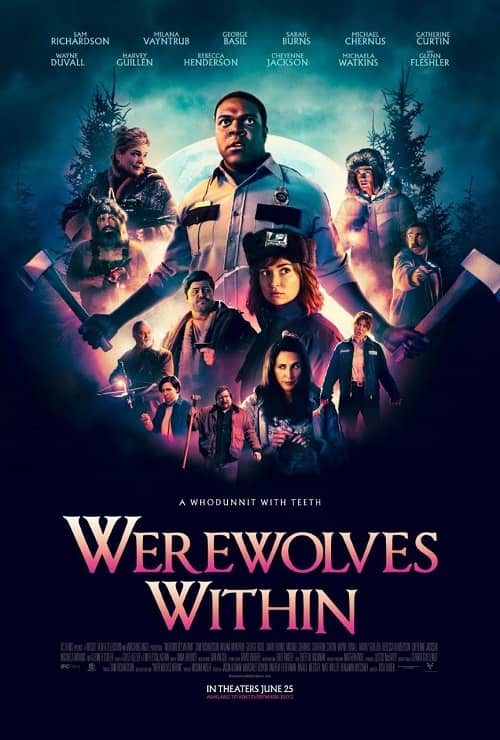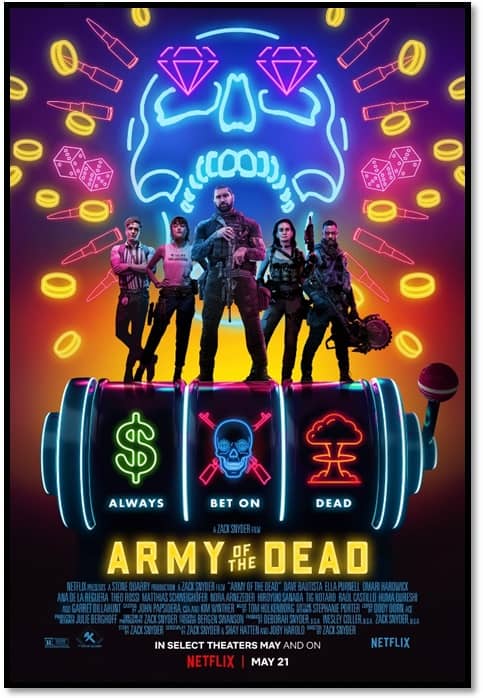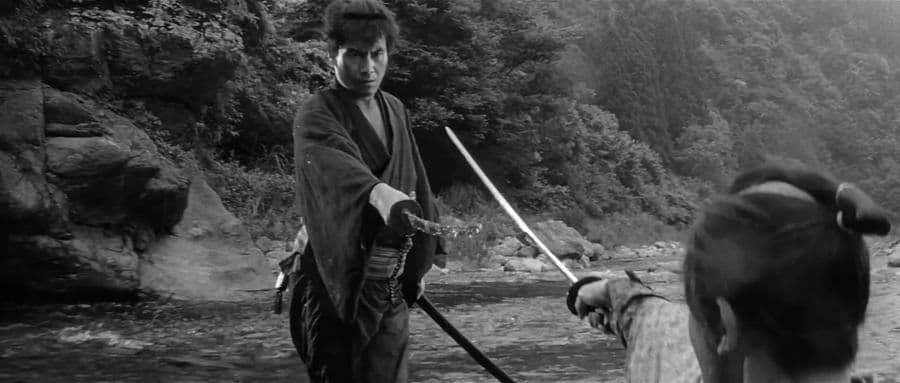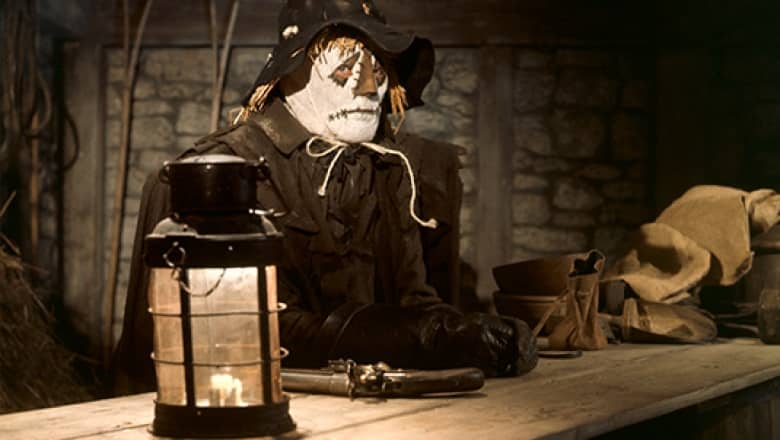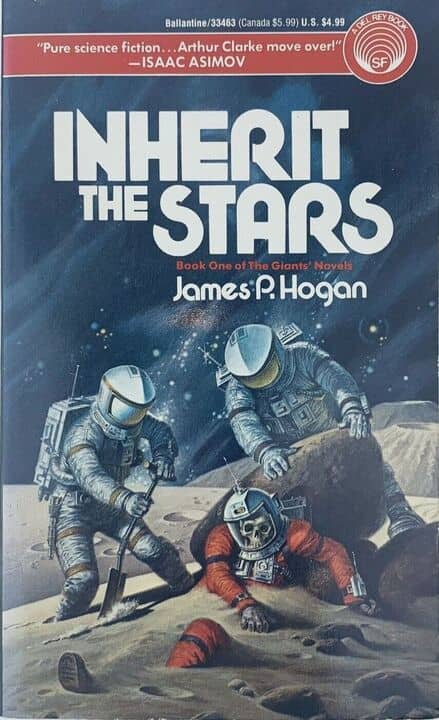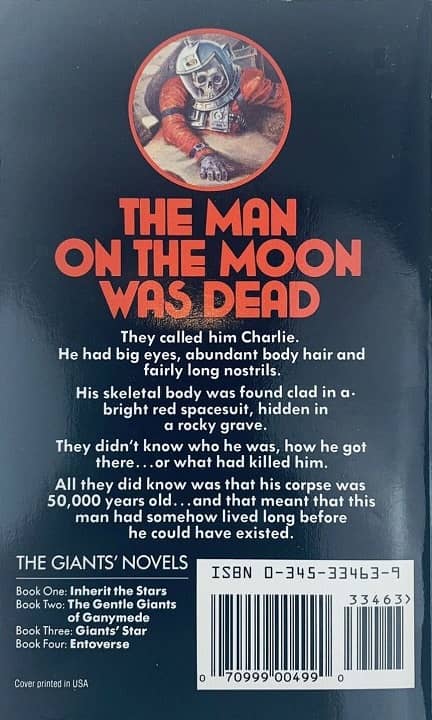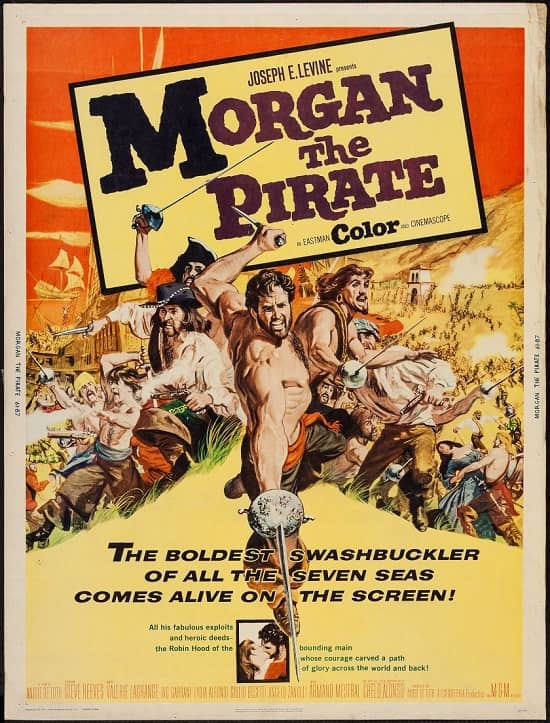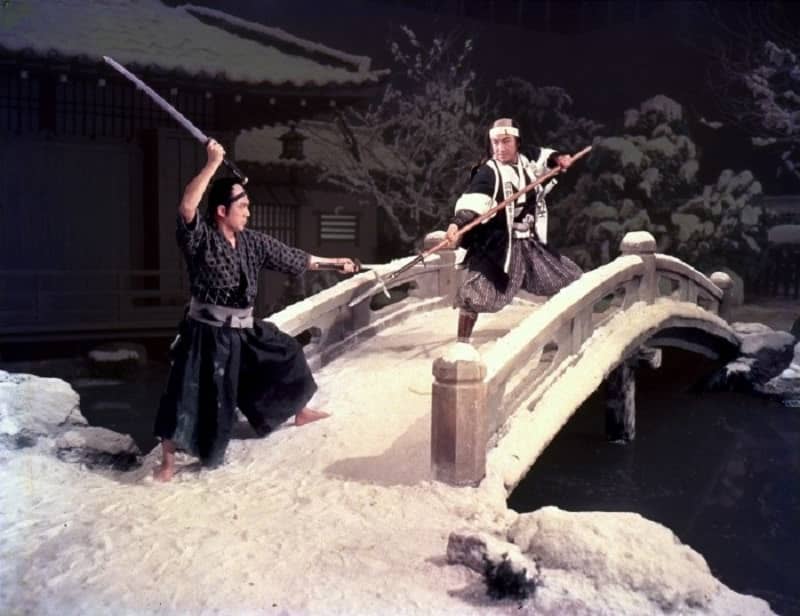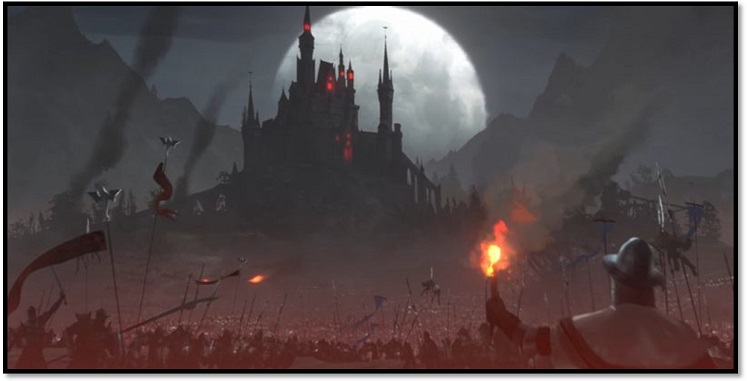19 Movies: More 1950’s SF
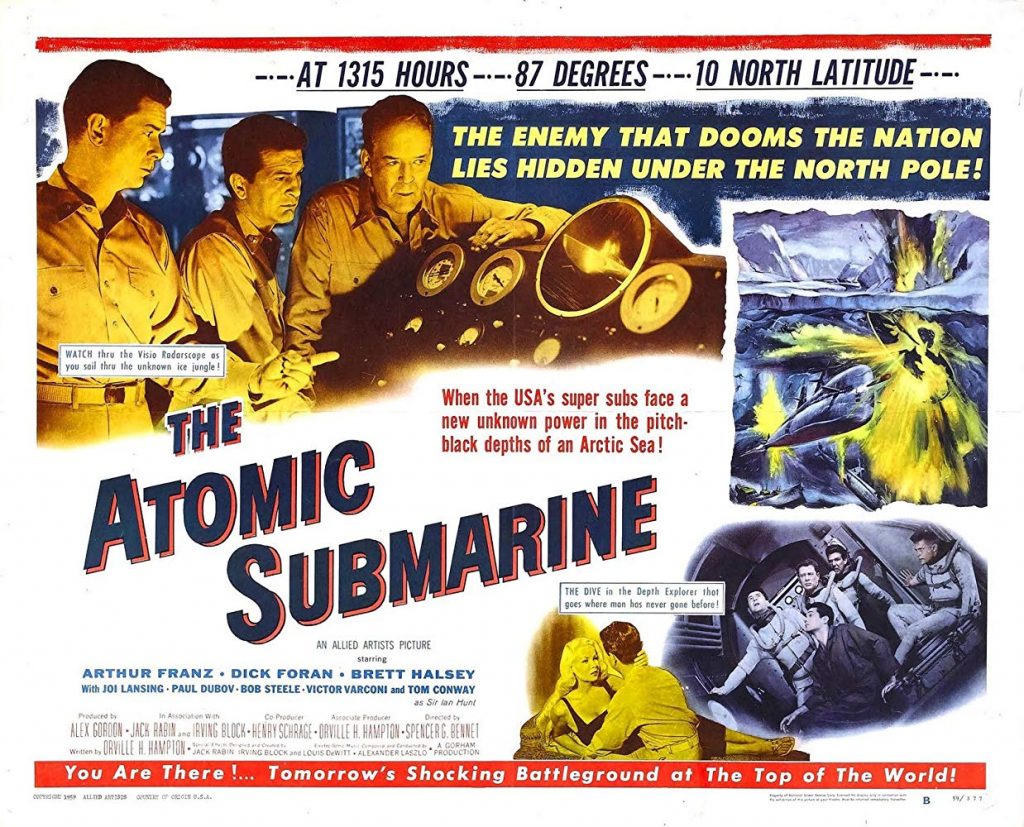
Atomic Submarine, The (1959: 7+)
Lots of stock footage, as usual for this era, but also decent miniature work and excellent alien design. It seems that this alien hanging around the North Pole in a magnetic-powered UFO is a scout looking for worlds to colonize, and the Earth really fits the bill. The submarine pursues him as he preys on shipping. It takes awhile to really get going, so stick with it, but the atomic sub finally gets their alien.
Though a number of name actors appear in this film, the acting is rather wooden. Arthur Franz, a second-string leading man, leads the way in a cast that includes a tired-looking Dick Foran, the old cowboy movie star Bob Steele, and Tom Conway (see below for another Conway appearance) as a Nobel Prize winning oceanographer, though I’m pretty sure they actually don’t give Nobel Prizes for oceanography. The only one who lights up the screen is the beautiful but ill-fated Joi Lansing in a brief appearance. She and the alien are the film’s highlights.
